Beef Stew, hearty with big bites of beef and potatoes and carrots and beans, is such a easy dish to cook that it is one of my favorite “go to” dishes. I often recommend this dish to new solar chefs as an easy way to get started solar cooking.
I never really thought about the recipe for Beef Stew. It is just one of those dishes that I learned in my mother’s kitchen all those many years ago. Just memorize it and do it. Beef Stew can be made from fresh ingredients, but it is also a great way to use up leftovers from the fridge. Just throw it all together in a pot and simmer. At first, I simmered it for hours on the stove, stirring frequently to keep it from burning on the bottom. Then, slow cookers were invented and they were perfect for my Beef Stew. I would start it in the morning, and when I got home from work, the stew was ready. These days, more often than not, my Beef Stew is cooked in my solar oven.
As it turned out, my Beef Stew “recipe” was too large for the granite ware pot I usually use in my solar oven. However, instead of pulling out a larger pot, I decided to give it run using two very different solar cookers. So I pulled out the All American Sun Oven and the All Season Solar Cooker (ASSC) and divided the stew mixture evenly into two pots, one for each oven.
The day was sunny, breezy, and 55°F when I started cooking that morning. However, an hour later, the skies clouded up and there were even a few sprinkles. The time it takes to cook in a solar oven depends on several variables, including the type of solar cooker being used, the weather conditions, and how focused the cooker is to the sun. For more information, read How Long Does It Take To Cook In a Solar Oven?
In my little cookoff between the Sun Oven and the ASSC, the results were as expected. Because the Sun Oven has more insulation, it gets hotter and holds the heat better than the ASSC; so food naturally cooks faster. The Sun Oven only reached a high temperature that day of 300°F and held the heat well during the sprinkles. The ASSC reached a high of 250°F. Although it did lose some heat when it sprinkled, the ASSC quickly recovered the temperature when the sun came back out about 15 or 20 minutes later.
When solar cooking, smaller pieces of food cook faster than larger pieces. Furthermore, foods do not burn in a solar oven. Long cooking times are very forgiving and just make the meat more tender. Both cookers sat side by side the entire time, but because of the temperature drop when it sprinkled, I left the Beef Stew out for 4 – 4.5 hours. Although, the stew in the Sun Oven was probably done sooner, I brought them inside at the same time. The stew in each pot was cooked the same, looked the same, and tasted the same. We could not tell the difference between the two pots.
Beef Stew
- 2 lbs beef stew meat
- 3 medium potatoes, peeled and chopped
- 3 medium carrots, peeled and chopped
- 1 onion, peeled and chopped
- 2 cups frozen green beans
- ⅓ cup water
- ½ tsp salt, or to taste
- ½ tsp black pepper, or to taste
- 1 pkg onion soup mix
- 1 can diced tomatoes
- 1 can cream of mushroom soup
- Set the solar oven out to pre-heat while preparing the ingredients.
- Place the beef stew meat into a solar safe pot. Add the water. Cover with a lid.
- Place into the solar oven for about 1 - 1.5 hours to give the meat a head start.
- Peel and chop the potatoes, carrots, and onions.
- When meat is beginning to get tender, add the vegetables, the seasonings, and the mushroom soup mix to the pot. Stir well to mix. Don't drain the tomatoes. Add extra water to cover the vegetables if necessary.
- Cover and place back into the hot solar oven.
- Continue to cook for another 1.5 - 2 hours until the meat and vegetables are tender.
Here’s another stew that you might like Chicken Noodle Stew.
If you would like more great recipes, join my newsletter or find me on FaceBook, Twitter, Instagram, or Pinterest.
Thanks for solar cooking with Sunshine On My Shoulder.

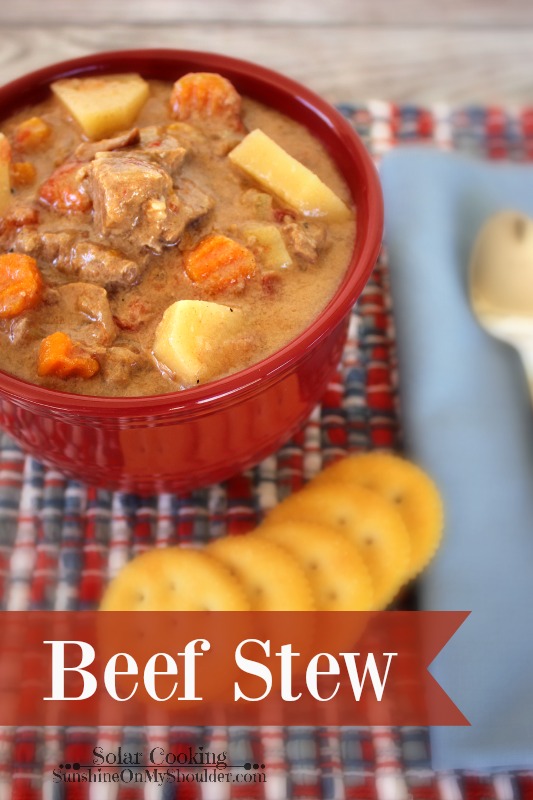
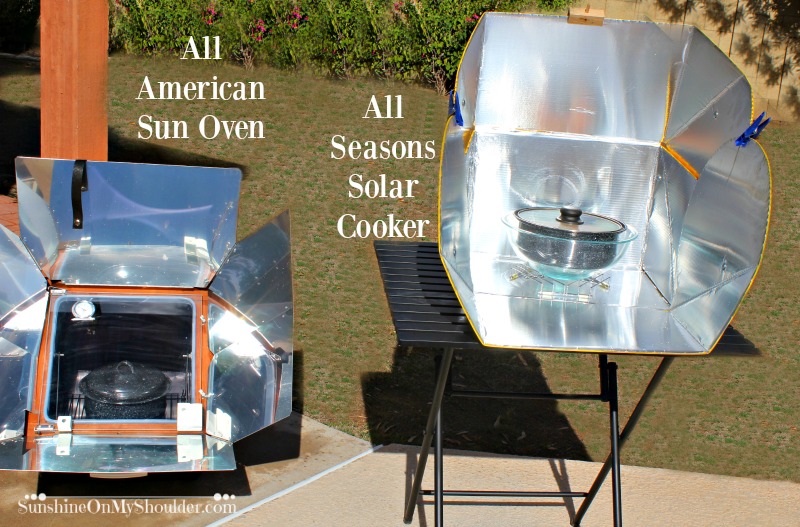
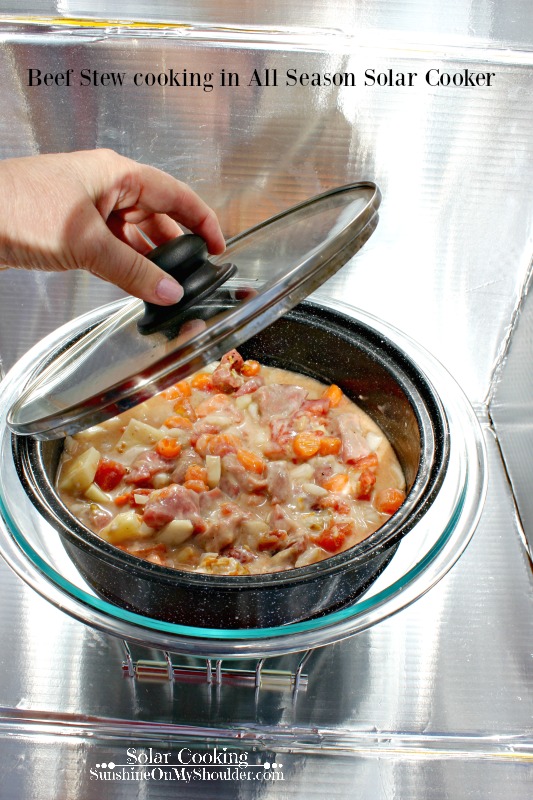
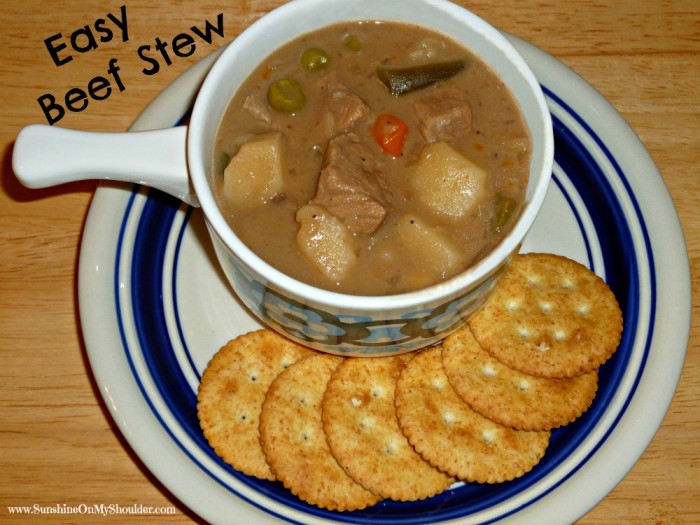

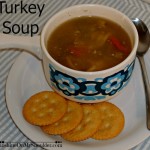
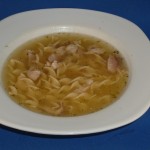
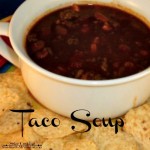
Leave a Reply